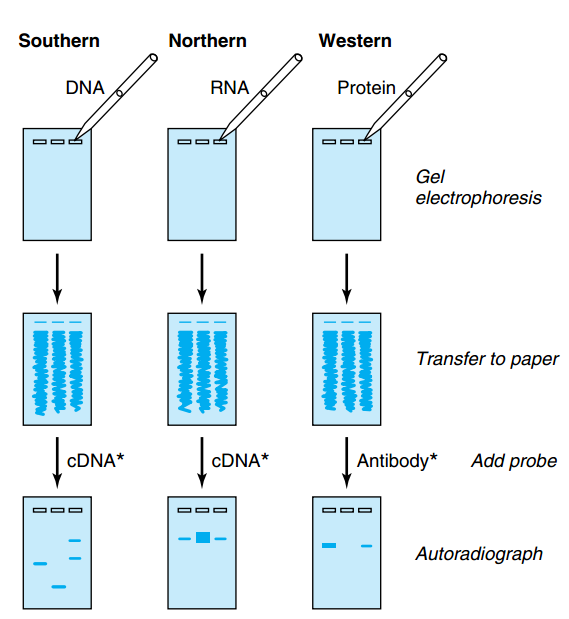

Incubate with ECL reagent for 1 min, cover with Saran wrap (remove excessive solution from the surface), and expose X-ray film in the dark room.Wash three times with TBS-T (1 x 15 min and 2 x 5 min), then once with TBS (5 min). spot a biotinylated peptide (5 g) on the activated nitrocellulose membrane, then block the non-specific sites with 5 BSA, add my protein sample (it is not specified the amount), add a.Therefore, this technique calls for bright and stable near infrared dyes, such as Alexa Fluor ® 680 and Alexa Fluor ® 790. For optimum antibody dilution, follow the manufacturer's recommendation. Fluorescent western blotting works optimally in the near-infrared region of the spectrum in order to avoid the chance of membrane autofluorescence within the visible light range. Incubate with secondary antibody conjugated with HRP for 30 min at room temperature.Wash three times with TBS-T (3 x 5 min).Incubate with primary antibody (0.1–10 µg/mL for purified antibody, 1:1,000–1:100,000 for antisera, 1:100–1:10,000 for hybridoma supernatant) in BSA/TBS-T for 30 min at room temperature.Block non-specific sites by soaking in 5% BSA in TBS-T in a 10 cm Petri dish (30 min to 1 h at room temperature).Briefly, dot blot utilizes a dry nitrocellulose or PVDF membrane that has been 'dotted' with sample homogenate (typically a sample volume of 2uL/dot). Minimize the area that the solution penetrates (usually 2–4 mm diameter) by applying it slowly. Dot blot relies on the same principle that many immunological techniques rely on: the recognition and binding of an antigen by an antibody. Using a narrow-mouth pipette tip, spot 2 µL of sample onto the nitrocellulose membrane at the center of the grid.


Draw a grid by pencil to indicate the region you are going to blot. Have the nitrocellulose membrane ready.Nitrocellulose membrane (BIO-RAD, Trans-Blot, etc.) A technique for detecting, analyzing and identifying proteins, similar to the western blot technique but differing in that protein samples are not separated electrophoretically but are spotted through circular templates directly onto the membrane or paper substrate.Ĭoncentration of proteins in crude preparations (such as culture supernatant) can be estimated semiquantitatively by using the dot blot method if you have both purified protein and specific antibody against it.


 0 kommentar(er)
0 kommentar(er)
